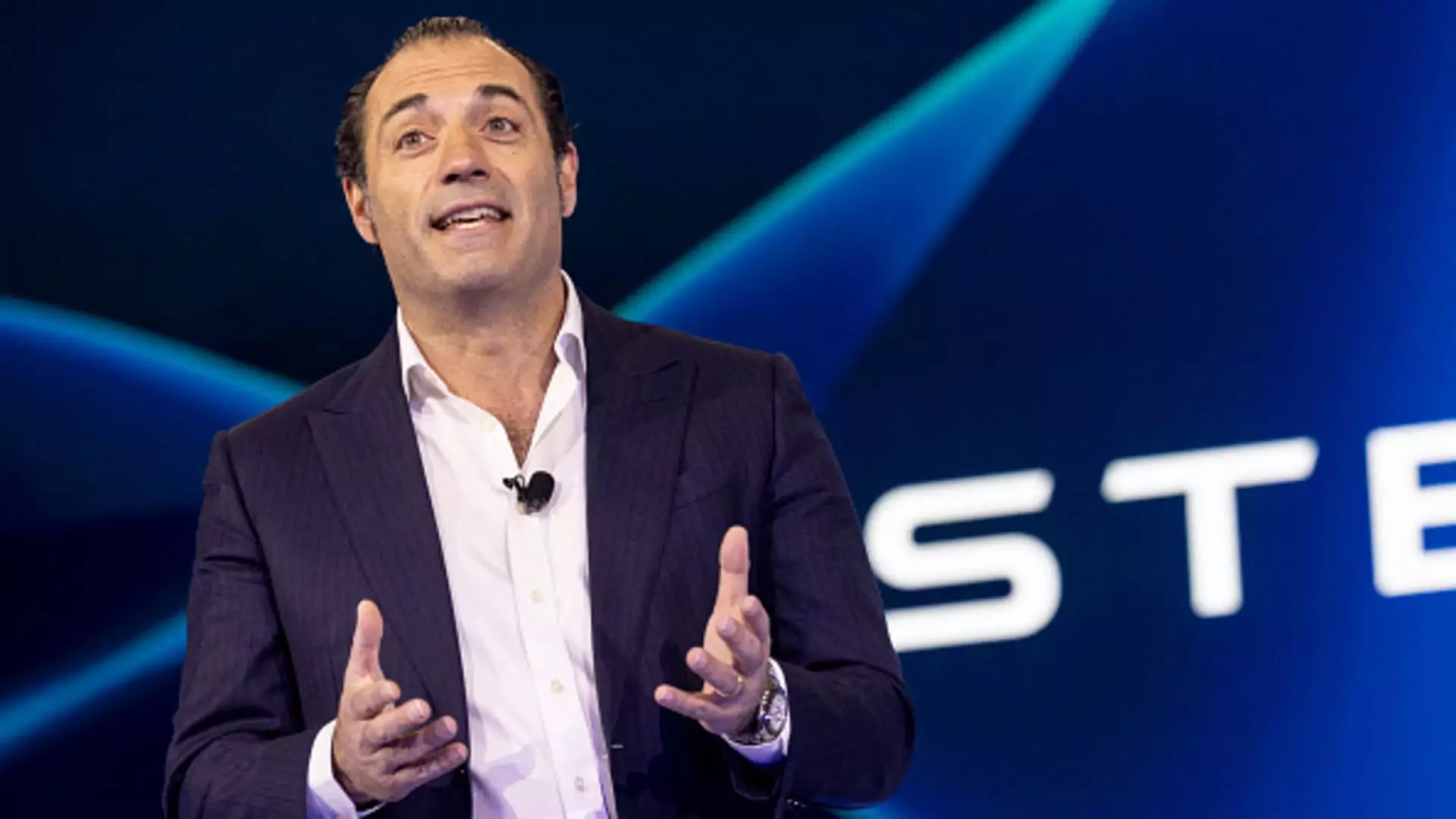In a move that might redefine the trajectory of Stellantis, Antonio Filosa has been appointed the new CEO of this auto manufacturing giant. The change comes on the heels of Carlos Tavares’ sudden resignation last December, a departure that raised eyebrows amid plunging profits and market unrest. Filosa, a long-time company veteran with solid roots in American operations, brings a fresh perspective at a time when Stellantis desperately needs stable leadership. This governance shift might not only rally the beleaguered workforce but also rebuild crucial relationships in an industry defined by volatility.
An unsettling string of leadership changes at Stellantis calls for a critical examination. The abrupt exits and tumultuous transitions reflect more than mere corporate reshuffling; they illustrate a company grappling with identity and direction. Filosa’s rise from the North American COO to the helm of the company is a clear signal that Stellantis may finally be ready to break free from the cycle of instability. His familiarity with the organization is expected to mend the fractures that had worsened under Tavares, particularly in the competitive U.S. market.
The Need for Reconciliation
Fostering trust is paramount as Stellantis gears up for a challenging future. Filosa has openly declared his commitment to restoring relationships with partners—including dealers, suppliers, and unions—that had strained under Tavares’ tenure. The emphasis on reconciling and enhancing these crucial alliances cannot be overstated. Each of these stakeholders plays an integral role in the automotive ecosystem, their satisfaction directly influencing customer experience and sales performance.
Moreover, Filosa’s approach embodies something remarkable; he isn’t merely a top-down decision-maker; he sees value in collaboration, stating, “I have always found strength in connecting and working closely with colleagues.” This tenet must resonate throughout Stellantis if the company wishes to rebound effectively amid market turmoil. It’s not merely about playing catch-up in the sales race; it’s about rebuilding the very fabric that connects various components of the automotive chain.
Balancing Electrification and Conventional Investments
One of the most pressing challenges Filosa faces is the delicate balance between investing in electric vehicles (EVs) and maintaining profitability with internal combustion engine (ICE) models. Stellantis has been caught in a vise, needing to innovate its offerings to meet a growing demand for sustainable vehicles, while not completely abandoning the customer base still loyal to traditional cars. Filosa’s experience in diverse roles within the company equips him to tread this fine line intelligently.
The automotive sector’s trajectory can be unpredictable, especially with evolving consumer preferences and regulatory pressures. The recent 14% downturn in net revenues adds urgency to his challenge. The question looms: how will Filosa mobilize resources effectively to ensure Stellantis remains competitive and sustainable? His strategic foresight will be crucial in positioning the company as not only a player but a frontrunner in the electrified automotive future.
The Broader Implications of Trade Policies
The global landscape is becoming increasingly complex. Stellantis recently withdrew its full-year financial guidance amid increasing uncertainty related to trade policies. How Filosa chooses to navigate this treacherous terrain could determine not only Stellantis’ future but potentially the wider automotive industry. A trade war could cripple supply chains reliant on cross-border operations, severely affecting the profitability of manufacturers navigating these waters.
Filosa’s emphasis on forging deeper bonds with industry stakeholders may serve as a countermeasure to these uncertainties. It creates a buffer, a network of allies that can adapt to changes in trade policies and economic shifts. However, that won’t be enough; an anticipatory rather than reactive strategy could provide the necessary linchpin for Stellantis to sidestep the broader impacts of governmental trade decisions.
A Market in Need of Innovation
As market dynamics evolve, so too must the strategies of automotive companies. With Stellantis’ shares dipping nearly 27% year-to-date, an emphasis on innovation will be paramount. Investors and consumers alike are urging for new, cutting-edge products that demonstrate a commitment to both quality and sustainability. Filosa’s recent messages indicate an awareness that product development cannot wait. The market is demanding smarter solutions, and the company must act swiftly and decisively.
Filosa’s journey will surely involve heavy lifting, as echoed by Michael Bettenhausen, chair of the Stellantis U.S. dealer council. The need for fresh products to reinvigorate sales is pressing. The time has come for Stellantis to not only assume a leadership role in shaping industry standards but to ensure its offerings resonate with evolving consumer expectations. With a new CEO at the helm, it could stand at the precipice of a significant transformation—not just in products, but in how it envisions its place within an increasingly competitive landscape.

